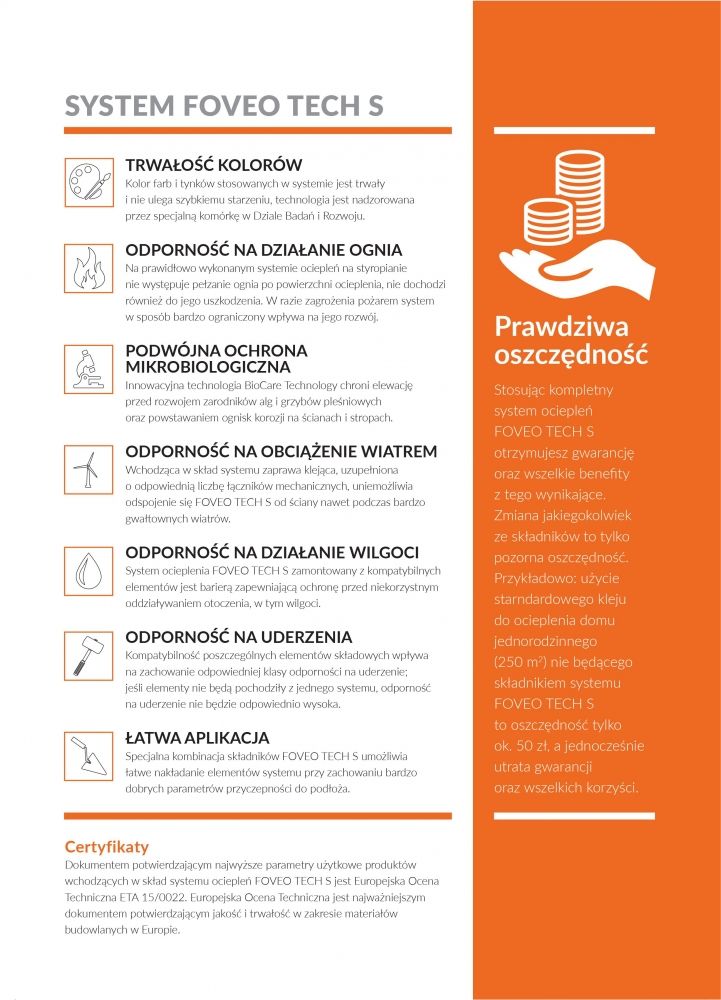A polystyrene choice is very beneficial due to economic and application reasons. Polystyrene is a lot easier material as far as installation and handling are concerned. It is neutral to skin and mucous membranes, does not contribute to any irritations. Due to its low weight, nearly ten times lower than mineral wool, it is much more convenient for transport and storage. The cost of polystyrene and additional accessories necessary to perform the system (adhesive, anchors) will be lower than mineral wool. In addition, there is no fear that the building construction, which is insulated, will be overloaded.
On the other hand, mineral wool is ideal for buildings particularly exposed to fire, or high temperatures. Due to high acoustic insulation, mineral wool is perfect for areas where high volumes of noise occur. Mineral wool sheets (with regular fibre system), demonstrate high elasticty, are easily installed on irregularly-shaped buildings.
